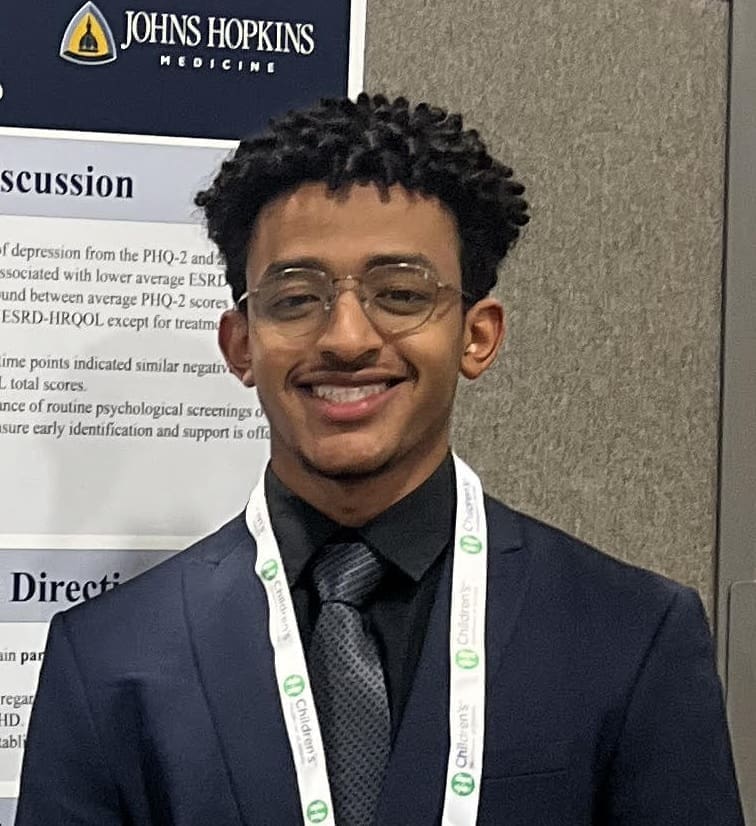
Class Of 2024
Pediatric Burn Atlas Research, Department of Child & Adolescent Psychiatry, JH School of Medicine
Briefly describe what you did for your Applied Experience and any highlights.
For my Applied Experience, I worked as a researcher with Dr. Parrish in the Department of Child & Adolescent Psychiatry at the JH School of Medicine. As a freshman, I was particularly interested in investigating pediatric psychological screenings, and since then, I’ve been able to approach the sub-field from multiple angles. For my main AE project, I worked on a study to develop a novel photographic pediatric burn atlas to reduce parental distress following burn injuries. Pediatric burns are particularly painful conditions, therefore, it is no surprise that they often cause adverse psychological reactions to both children and their family members. As such, parents may experience elevated stress levels when their child is receiving treatment or when daily dressing changes are taking place which can lead to significant acute patient distress and pain. By developing an atlas where parents can visualize how their child’s burn is expected to heal, we can reduce distress associated with burn injuries and improve psychological functioning. Some of the additional projects I worked on and presented at the Pediatric Academic Societies conference were evaluating the effectiveness of an ED Bridge Clinic Program and analyzing anxiety and depressive symptoms in pediatric hemodialysis patients.
How has your experience informed your understanding of public health?
Dr. Parrish’s previous research has documented several examples of parents internalizing distress (in the form of PTSD and/or depression) to the extent that 25-50% of parents experience PTSD symptoms in the clinical range within the first few months following a child’s burn. This staggering statistic indicates the necessity of accounting for a parent’s psychological adjustment as they play a direct role in a child’s psychological recovery. Instead of relying on contemporary methods to reduce psychological distress, my research team and I strived to devise our own catered clinical intervention. From a larger perspective, my research has elucidated that the psychological functioning of both the child and their caregivers are necessary components of the clinical paradigm that we should strive for. Even for largely somatic conditions, taking into account the patient and their family’s mental health is critical to providing holistic health care.
How does this experience align with your future goals?
A future goal of mine is to become an academic physician, one who looks critically at the healthcare system they practice in and the population that they serve, striving to improve it. Hence, this experience was my first encounter where I was able to identify an area that was deficient in the patient experience and develop a mechanism to improve it. This novel approach to addressing problems is one I hope to continue striving to develop. Moreover, even if psychiatry is not my specialty of choice in the future, becoming a physician who takes into account the emotional well-being of a patient is a characteristic of a physician I hope to embody.
How do you think your time at JHU prepared you for this work?
The support that I got to pursue my research and AE project—from freshman year—was indispensable. During my first year, I was awarded the Woodrow Wilson Fellowship which was a $10,000 grant that supported my research endeavors throughout undergrad. On a more educational level, classes such as research methods gave me the technical skills to conduct independent research and develop my own hypotheses. Being an EMT with HERO gave me the patient interaction and exposure to further my understanding of conducting clinical research—and as much as I hated completing an IRB, understanding the humanistic impact was critical to conducting ethical research. All in all, it was a conglomeration of several different avenues of support and preparation that allowed me to further my research.